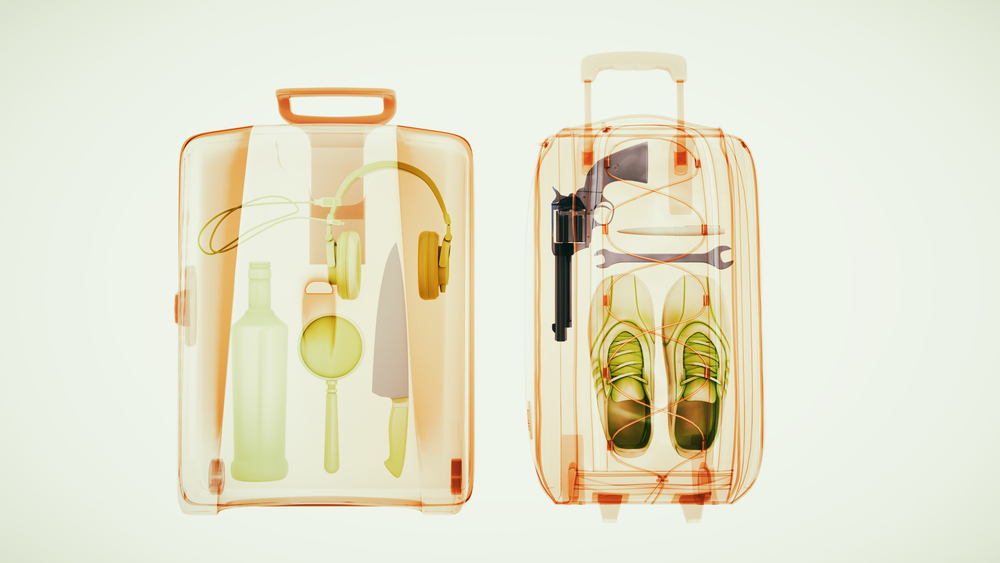Tim Young, director of track-and-trace specialist Vero Solutions, gives his thoughts on the five biggest changes expected to hit the aviation sector in the next 30 years
For many of us, a long-awaited holiday abroad can be the highlight of our year and something we spend months counting down the days to. Whether it’s a weekend city break, or a luxury two-week vacation, a number of these trips require us to go through long-winded processes such as check-in and security.
While some may look forward to the thrill of traveling, a number of us dread these sometimes grueling hours of checking through security and waiting around to board our flight. So, what exactly can we expect from airports of the future? It seems our airport experience truly is set to be transformed as technology continues to evolve. New developments are being planned across all areas of the airport experience to ensure traveling is as efficient and stress-free as possible.
In 2017, commercial airlines flew just over four billion passengers across the world. This figure is set to boom to 16 billion by 2050 – a 300% increase. Here are a couple of things you should expect to see in the next 30 years as these transportation hubs prepare for an influx of passengers jetting across the world.
1. Digital airports will arrive from as soon as next year (2019)
Amsterdam Airport Schiphol in the Netherlands is aiming to become the world’s leading digital airport and is testing two new hand-luggage scanners that will allow passengers to keep liquids and laptops inside their bags for the very first time. This innovative software will enable airport security staff to view the contents of luggage from all angles and spot any items that are deemed prohibited.
2. Bypass security by completing an in-depth vetting process
From as soon as 2030, trusted travelers will be able to undergo a regime of strict tests to allow them to bypass security at airports. The vetting process will be undertaken by the police, security forces or government departments to ensure that passengers are safe to travel and may be allowed full trusted traveler status. Once in place, this group of vetted travelers will be able to travel directly to the departure lounge, potentially saving them hours of time.
3. Service robots will staff airports and replace existing check-in processes
Not only will biometric security passes be available in 2030, but the check-in process as we know it is set to change by then too. Service robots will be developed to cater for this part of the airport experience and will be programmed to answer any questions or advice you might have about your flight. These robots will have complete access to real-time airline customer data to ensure they will be able to provide you with both an accurate and efficient personalized service.
4. Find the departure lounge boring? You won’t in 2045
In the next couple of decades, our experience of the airport departure lounge, waiting room and duty-free services will also become enhanced by different technologies and elaborate indoor features. Touchscreen shopping, while being surrounded by waterfalls and woodland parks, will help make our preflight hours that bit more enjoyable.
5. The shape and style of runways of the future will be completely different
To cope with the 300% increase of passengers taking to the skies, airports will be looking to the basics of air travel to compensate. In 2050, runways could become circular, double-decker, or be built remotely in our oceans. These new-style runways will allow a higher number of airplanes to take off in various directions.
With these technologies set to be implemented in just a number of years, are you ready to have your airport experience flown into the future?
Author bio:

Tim Young is director of Vero Solutions and an expert in tracking technologies for manufacturing and the supply chain. With a degree in mathematics, Young believes that the best way to improve efficiency and profitability is to measure performance at every opportunity and to learn from analysis. Vero Solutions provides systems to help companies do just that.


